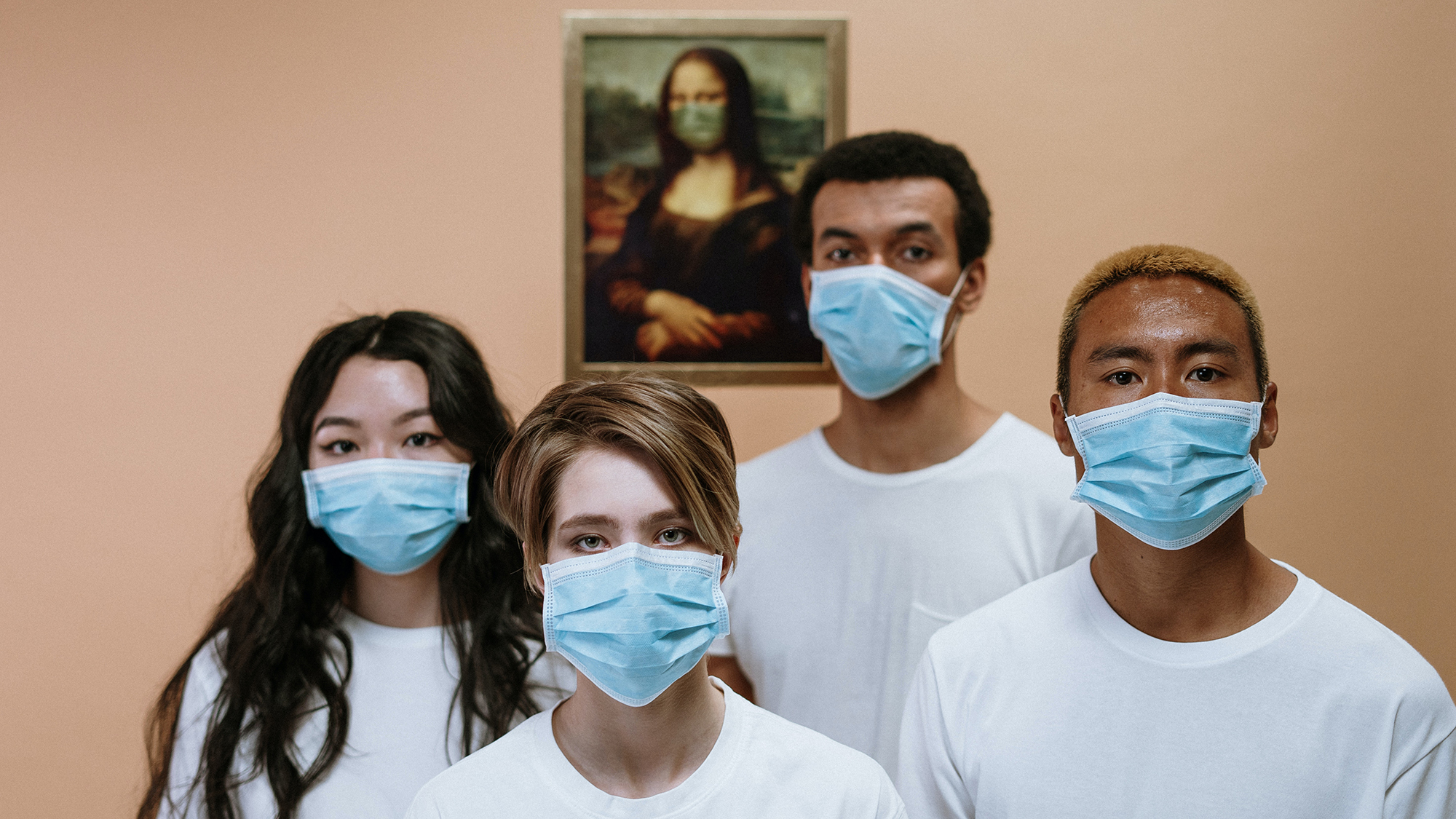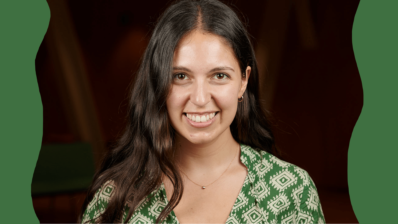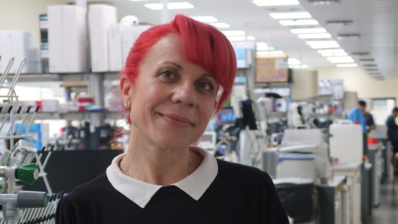The new coronavirus, SARS-Cov2, and the disease it causes, Covid19, have disrupted our lives in recent months – and are likely to change our future as well.
One of the centers of the Barcelona Biomedical Research Park (PRBB), the Barcelona Institute for Global Health (ISGlobal), has been at the forefront of the fight against Covid19 since the beginning of the pandemic. Two of his current projects can help us better understand what has happened and anticipate what is to come.
COVICAT
The COVICAT project started last June. This is an epidemiological study that aims to understand the evolution of the infection in the Catalan population.
They work with 24,000 volunteers, all part of pre-existing population cohorts from before the pandemic. This means that there is already a lot of prior information about these people – genetic, environmental, clinical and from their lifestyle. The aim of the study is to see how these people have experienced the pandemic, how it has affected them, to draw a map to help characterize the disease at the clinical-biological-molecular level and better understand the different stages, prognosis and complications. This will help to know the causes of why the virus affects some people more than others and why the prognosis is also different depending on the individual.
CoviCat aims to find out how 24,000 people have been affected by the pandemic, to draw a map that helps characterize the disease at the clinical-biological-molecular level and better understand the different stages, prognosis and complications.
The study will consist of:
- An online survey of life habits, work aspects, use of health services, physical activity, mental health, and symptoms related to the COVID-19 pandemic, both during pre-confinement and confinement.
- A voluntary donation of a blood sample, with which a serological characterization of the state of immunity to the virus will be made, to know if the person has been in contact with the virus and has generated antibodies. Comparing this with each individual’s previous data will give clues as to what factors may affect susceptibility to COVID-19 and the generation of immunity
“Right now we are contacting everyone and we are having a wonderful response to the survey,” said Manolis Kogevinas, an ISGlobal researcher and project coordinator. “We have requested additional research funds to be able to carry out a long-term follow-up with a questionnaire, environmental measures and a new blood sample. With the first sample we will make an estimate of the prevalence (frequency) of the infection in the Catalan population, but if we get more funding we could study the evolution of immunity in the population”, he continues.
“We will provide a comprehensive “cost” assessment of both the crisis and the containment measures in society”
Manolis Kogevinas
The authors are confident that they will have unique results on the effects of confinement at the socioeconomic, mental health, or gender level. “We will provide an assessment of the broad ‘cost’ of both the crisis and the containment measures in society,” explains Kogevinas. “We hope to provide evidence that can help public health authorities mitigate the adverse social effects of the pandemic response,” added Carlota Dobaño, head of ISGlobal’s immunology research group.
Matemathical models to predict a second wave
With the evolution of the pandemic, many countries are beginning to ease the restrictions on movement and contact, but deciding how and when to do so is difficult. It’s about finding a delicate balance between the need to revive the economy and the risk of a second wave of infections that could saturate health systems.
“Assessing this risk is difficult because we do not have reliable information on the actual number of infected people or the degree of immunity developed in the population”, explains Xavier Rodó, head of ISGlobal’s Climate and Health program. His team is trying to anticipate a potential second wave of cases by quantitatively evaluating the effectiveness of current containment strategies.
The team has generated a mathematical model that:
- divides the population into seven groups: susceptible, quarantined, exposed, undetected infectious, reported infectious and confined, recovered and dead.
- allows to simulate the degree of lockdown of the population
- allows to simulate the different strategies to removal of lockdown
Playing with this model and changing the different parameters, they have shown that the longer the first lockdown, the later a subsequent wave will come, which will also be milder. As for the lockdown removal, they have observed that doing so gradually results in fewer infections and deaths.
Projections based on this model also indicate that maintaining social distancing, using masks, and hand hygiene, could reduce the rate of virus transmission enough to reduce the magnitude of the next wave (if the rate is reduced by 30%), or even avoid it completely (if the rate is reduced by 50%).
“Our model is particularly useful for countries that have not yet reached the peak of cases, as it provides them with a tool to plan the best way to go forward and return to “normality” in their conditions”
Leonardo López
Our model makes it possible to model the lockdown of the population explicitly. This makes it particularly useful for those countries or communities that have not yet reached the pinnacle of cases, as it provides them with a tool to plan the best way for lockdown removal and return to “normality” under their own conditions”, explains Leonardo López, co-author of the study. “Perhaps one thing to keep in mind is that, like many models of the same type, it is a bit conservative; it assumes that the confined population is perfectly isolated from the rest, when in reality we know that there is no ideal isolation in practice”, the researcher concludes.







